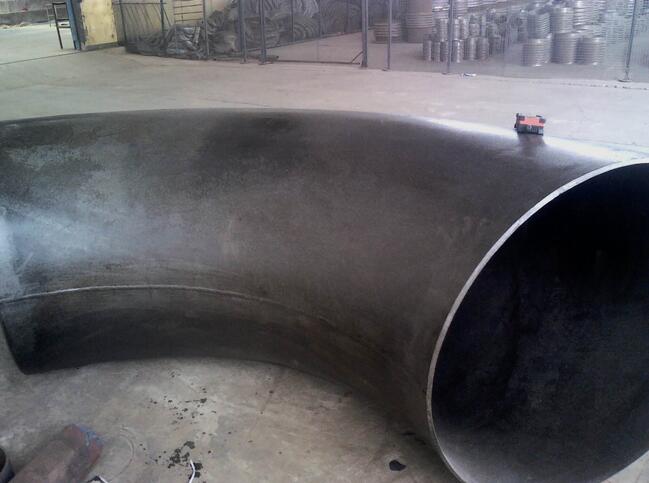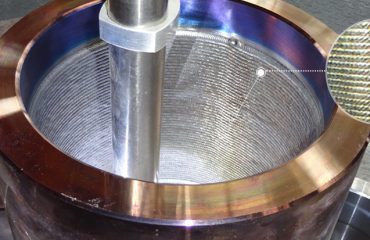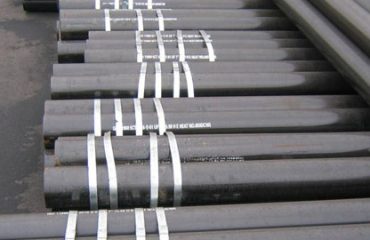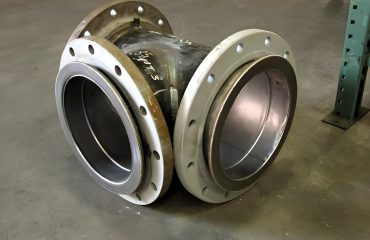If graded according to the pressure level, there are about 17 species, which are the same as the American pipe standards: sch5s, sch10s, Sch10, Sch20, Sch30, sch40s, STD, Sch40, Sch60, sch80s, Xs;sch 80, Sch100, Sch120, Sch140, Sch160, XXS, the most commonly used is STD and XS two kinds.
According to the angle of the elbow, there are 45° elbow, 90° elbow and 180° elbow. So there’s a lot of elbow type, orders often take the following means: “LR STD 90°8”, indicating a long radius, pressure level of std,90° 8 “elbow, or,” SR XS 45°4 “for short radius, pressure grade xs,45°” elbow.

ANSI/ASME B16.9 Butt Welding elbow and pressure grade classification
The above is the approximate classification of the elbow. Butt welding Elbow According to its radius of curvature, can be divided into long radius butt welding elbow and short radius butt welding elbow. Long radius butt welding elbow radius of curvature equal to 1.5 times times the pipe diameter, that is, r=1.5d. The curvature radius of the short radius butt weld elbow is equal to the pipe outer diameter, i.e. r=1d. The d in the formula is butt welded elbow diameter and R is the radius of curvature.
If there is no special description, the general selection is 1.5D elbow.
According to the angle of the elbow, there are 45-degree butt welded elbow, 90-degree butt-welded elbow and 180-degree butt weld elbow and other elbows of different angles.
Elbows 45° – 90° – 180° LR/SR
The function of a elbow is to change direction or flow in a piping system. By default, there are 5 opportunities, the 45°, 90° and 180° elbows, all three in the “long radius” version, and in addition the 90° and 180° elbows both in the “short radius” version.
Long and Short Radius
Elbows are split into two groups which define the distance over which they change direction; the center line of one end to the opposite face. This is known as the “center to face” distance and is equivalent to the radius through which the elbow is bent.
The center to face distance for a “long” radius elbow, abbreviated LR always is “1½ x Nominal Pipe Size (NPS) (1½D)”, while the center to face distance for a “short” radius elbow, abbreviated SR even is to nominal pipe size.
Here below, for example, you will find the
center to face distance of NPS 2 elbows
(the A distance on the image)
1. 90°-LR : = 1½ x 2(NPS) x 25.4 A=76.2 mm
2. 180°-LR : = 2 times the 90° LR elbow A=152.4 mm
3. 90°-SR : = 2(NPS) x 25.4 A=50.8 mm
4. 180°-SR : = 2 times the 90° SR elbow A=101.6 mm

3D elbows as an example, are calculated with:
3(D) x 2(NPS) x 25.4
45° Elbow
The function of a 45° elbow is the same as a 90° elbow, but the measurement of dimensions is different to that of the 90° elbow.

The radius of a 45° elbow is the same as the radius of the 90° LR (1½D). However, the center to face dimension is not equivalent to the radius as in 90° LR elbows. This is measured from each face to the point of intersection of the center lines perpendicular to each other, distances B on the image. This is due to the smaller degree of bend. Short radius 45° elbows are not available.
Materials are: carbon steel, alloy steel and stainless steel. Three-way, generally there are two. Three mouth diameter equal to the same diameter tee, both ends of the same diameter, but the diameter of the bus terminal and the other two diameter is called the reducer tee. The method is as follows: for the equal-diameter tee, for example, the “t3” tee, the outer diameter is 3 inches of equal diameter tee. For the reducer tee, for example, “t4x4x3.5” means a four-inch reducer with a diameter of 3.5 inches.
The pressure level and the pressure level of the elbow are the same, and the range of specifications is the same.




You must be logged in to post a comment.